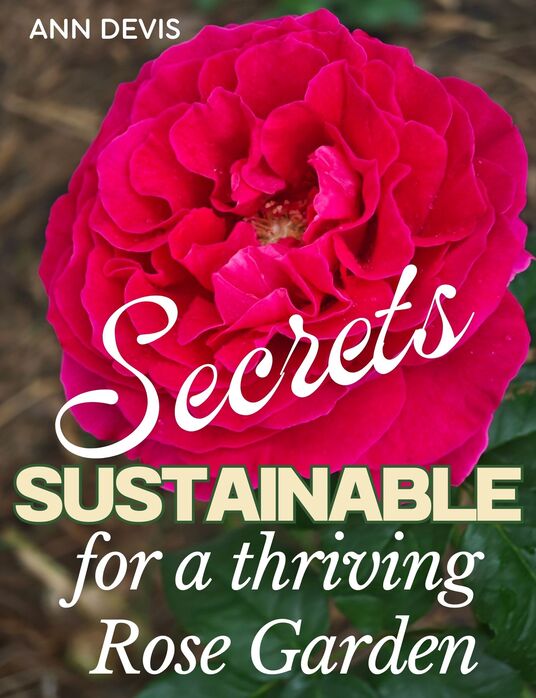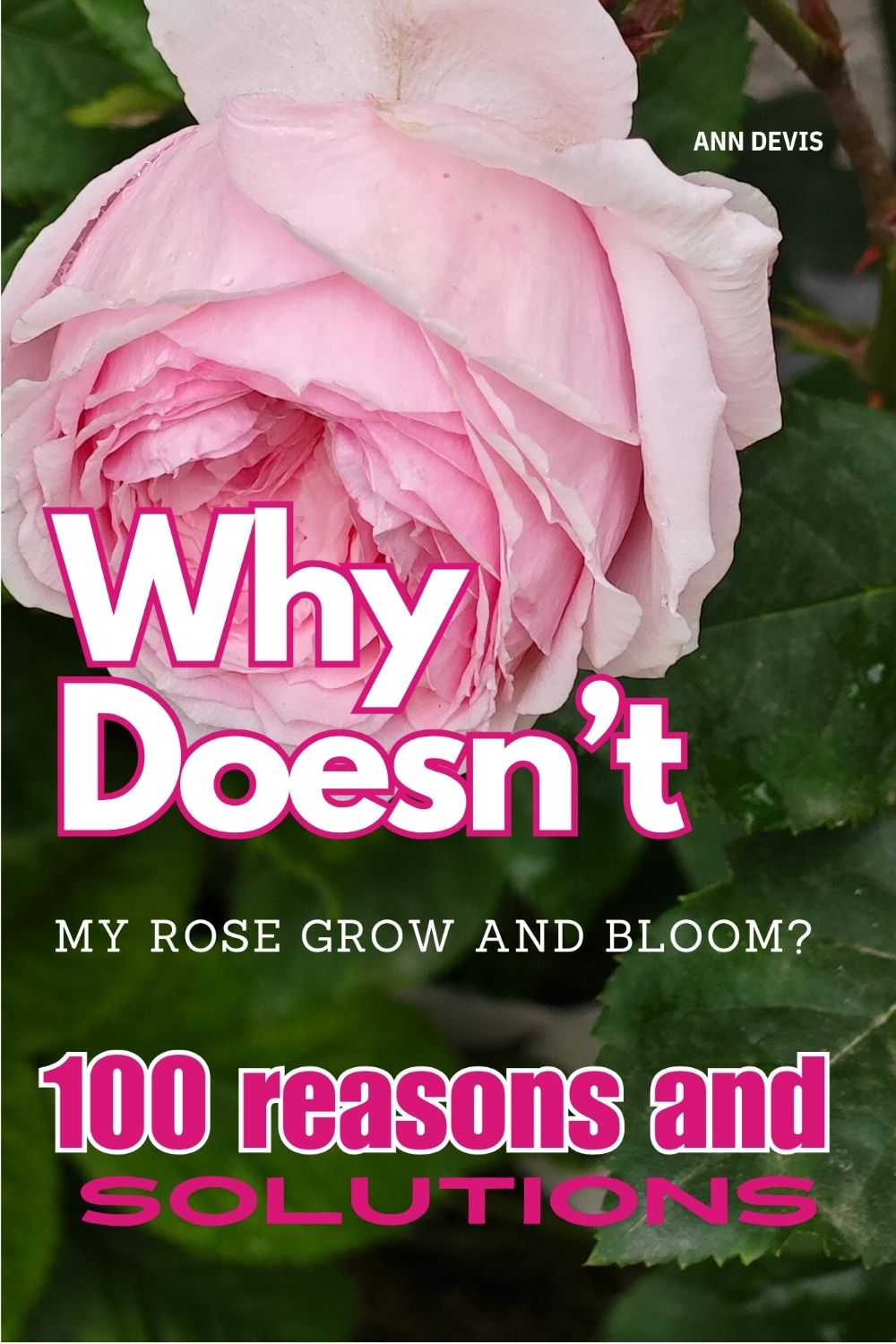Roses in pots bring a splash of beauty and fragrance to any small space, whether a balcony, patio, or rooftop garden. However, caring for roses in containers involves more than simply planting and watering. After years of hands-on gardening, I’ve seen first-hand the pitfalls gardeners often face—and precisely how to avoid them. Here’s an honest, practical guide based on real gardening experiences.
1. Using Small Containers
Roses naturally have deep, extensive root systems. When these roots become crowded in small pots, they can’t absorb sufficient water or nutrients. This condition, called “root-bound,” stunts growth, reduces flowering, and leads to plants frequently drying out.
The Solution: Use containers at least 40–50 centimeters (16–20 inches) wide and deep. More room means healthier roots, steadier moisture levels, and abundant blooms.

2. Dark-Colored Pots That Overheat
Dark pots, especially black plastic ones, absorb sunlight intensely. On hot days, this turns pots into ovens, damaging delicate roots and beneficial soil microbes that roses rely on.
Garden tips
Choose lighter-colored pots (beige, white, terracotta) or wrap darker pots with reflective material. Placing dark pots inside larger, decorative containers also helps moderate temperatures.
3. Heavy Garden Soil in Containers
Regular garden soil compacts easily in pots, blocking essential air pockets needed by roots. It also retains too much water, causing root rot and fungal issues, and may contain unwanted pests or diseases.
The Solution: Select a lightweight, specially formulated potting mix for roses. Mix compost, perlite, or pumice to boost drainage and nutrition, creating a balanced, airy environment.
4. Using Chemical Fertilizers Directly
Chemical fertilizers contain salts that build up quickly in small spaces, harming beneficial microorganisms in your potting soil. Over time, this weakens your roses’ health and makes them more prone to diseases.
The Solution: Opt for organic fertilizers like compost tea, worm castings, or manure. If you must use synthetic fertilizers, apply them sparingly as diluted foliar sprays rather than directly to the soil:
- Mix 1 part whey with 5 parts water.
- Add 1 teaspoon of mineral fertilizer. Spray on leaves for nutrient absorption without harming soil life.
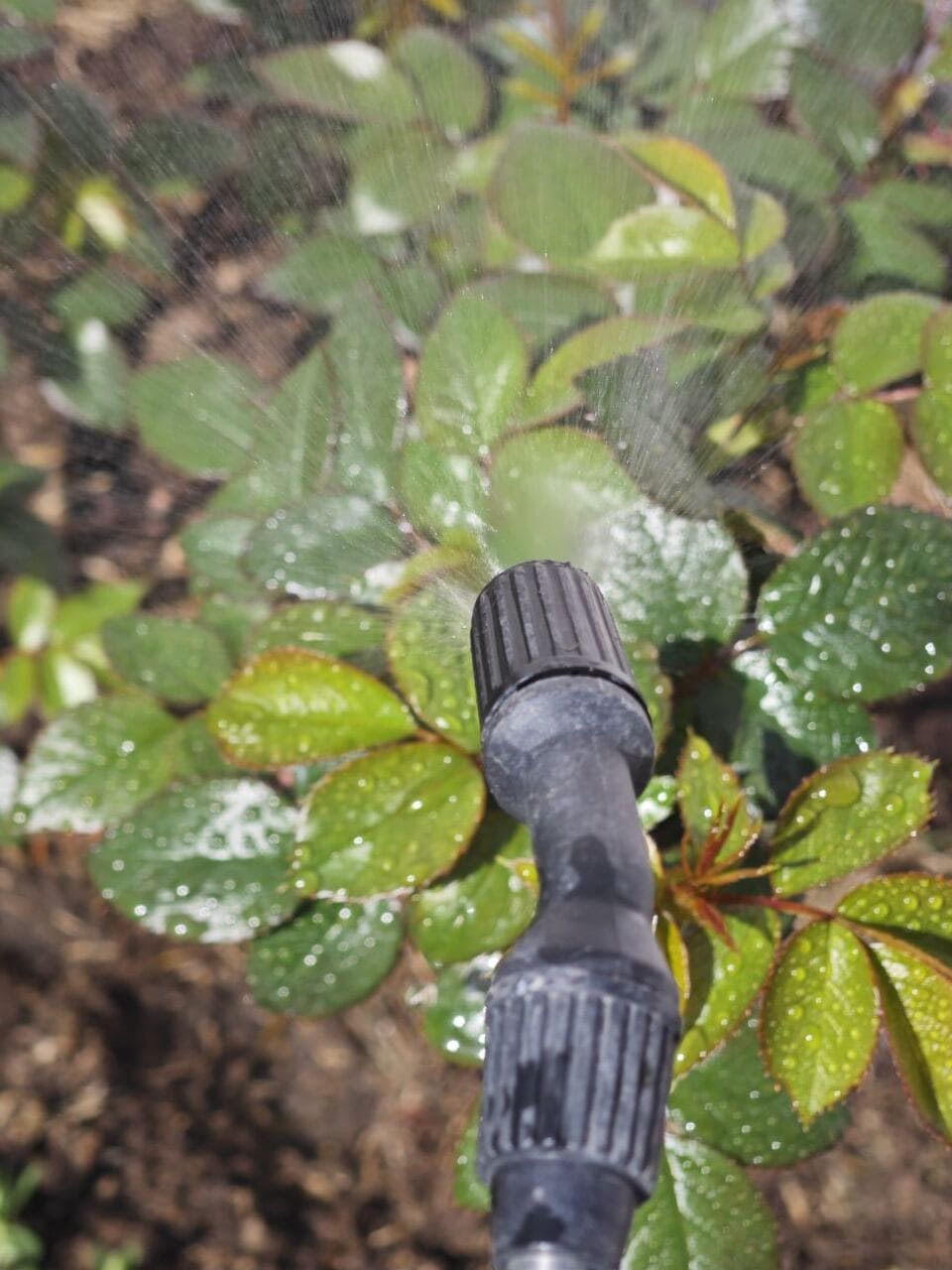
5. Not Mulching Your Pots
Uncovered potting soil dries out rapidly and heats up quickly under the sun, stressing roots and killing beneficial soil organisms. Mulching effectively solves these problems.
The Solution: Spread a 3–5 cm layer of organic mulch, such as shredded bark, straw, or compost. Mulch helps retain moisture, stabilizes temperature, and gradually enriches your soil as it decomposes.
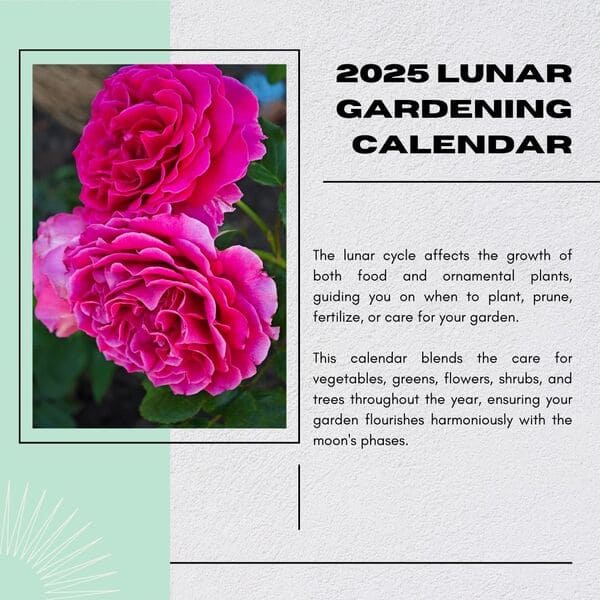
Get Your Free Lunar Gardener's Calendar 2025!
Join the Lunar Gardening Revolution! Subscribe now to receive our exclusive Free Lunar Gardener’s Calendar for 2025. Harness the power of the moon to optimize your planting, nurturing, and harvesting.
6. Improper Watering Techniques
Roses in pots can’t access deeper groundwater. Overwatering leads to root rot, while underwatering causes severe stress and bloom reduction.
The Solution: Test soil moisture by inserting your finger about 5 cm deep; water thoroughly only if it feels dry. Early morning watering allows foliage to dry quickly, reducing the risk of fungal diseases.
7. Leaving Pots in Full Sun During Heatwaves
Heatwaves create excessively high temperatures on balconies or terraces, where surfaces like concrete intensify heat. This combination easily scorches roses, causing wilting, leaf burn, and root damage.
The Solution: Provide temporary shade during extreme heat using shade cloth, umbrellas, or moving pots into more extraordinary, shaded locations. Group pots together to help keep temperatures lower.
8. Neglecting Regular Feeding
Nutrients leach out of pots much faster than in the garden. Without regular feeding, roses become nutrient-starved, weak, and produce fewer blooms.
The Solution: Feed roses organically every 4–6 weeks during active growing periods. Top-dress pots with compost mid-season to replenish nutrients gently and naturally.
9. Skipping Deadheading and Pruning
When faded blooms remain on the plant, they consume the energy needed for new growth. Overcrowded branches further reduce airflow, creating ideal conditions for diseases.
The Solution: Consistently remove faded flowers by cutting just above a healthy set of five leaves. Prune your roses significantly each spring to remove diseased or crossing branches, encouraging fresh growth and continuous blooming.
10. Ignoring Early Signs of Pests and Diseases
Due to limited space and airflow, containers can magnify pest and disease problems. Aphids, spider mites, powdery mildew, and black spots escalate if not promptly addressed.
The Solution: Check your plants weekly, especially leaf undersides. Immediately treat any problems with organic solutions like neem oil or insecticidal soap. Regular pruning will help improve air circulation and prevent diseases.
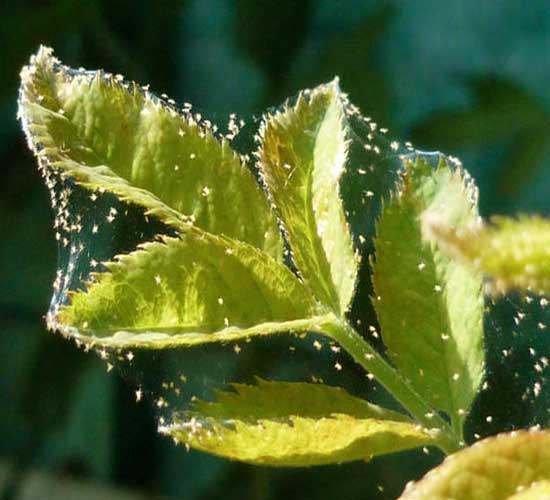
11. Failing to Insulate Pots in Winter
Potted roses lack insulation provided by ground soil. Roots in pots can freeze completely, killing the plant. Additionally, freezing water expands, cracking containers.
The Solution: Winter care varies by climate:
- Mild (Zones 8–11): Leave pots outside in sheltered areas with ample mulch.
- Moderate (Zones 6–7): Move pots to frost-free spaces, wrap them in insulating materials, and mulch heavily.
- Cold (Zones 5 and below): Bring pots indoors or temporarily bury pots in the ground. Double-wrap pots with insulation materials and mulch deeply. Water sparingly during winter dormancy.
Garden tips
Choose frost-resistant materials like fiberglass or plastic for your pots. Ensure excellent drainage to avoid cracks due to freezing water.
Frequently Asked Questions: Growing Roses in Containers
While many rose varieties can thrive in containers, compact and bushy types such as patio, miniature, and floribunda roses are particularly well-suited. Larger varieties like climbers and shrub roses can also be grown in pots, provided the containers are sufficiently large to accommodate their extensive root systems.
Container roses require consistent watering, especially during warm weather. It’s essential to water deeply until excess water drains from the bottom, then allow the top inch of soil to dry out before the next watering. Overwatering can lead to root rot, while underwatering may cause stress and reduced blooming.
Use a high-quality, well-draining potting mix enriched with organic matter. Avoid using garden soil, which can compact in containers, hindering root growth and drainage. A mix containing compost, perlite, or vermiculite can enhance aeration and moisture retention.
Yes, roses are heavy feeders. To promote vigorous growth and abundant blooms, apply a balanced, water-soluble fertilizer every 2–4 weeks during the growing season. Organic options like fish emulsion or seaweed extract are gentle and effective.
In colder climates, roots in containers are more susceptible to freezing. To protect them:
- Move pots to a sheltered, unheated location, Such as a garage or shed.
- Insulate containers: Wrap pots with insulating materials like burlap or bubble wrap.
- Mulch: Apply a thick layer of mulch on the soil surface to retain warmth.
Ensure the soil remains slightly moist during dormancy, watering sparingly as needed.
Roses can thrive in the same container for several years. However, it’s advisable to:
- Refresh the topsoil annually: Replace the top few inches of soil with fresh potting mix.
- Repot every 2–3 years: Move the rose to a slightly larger pot or prune the roots and repot in the same container with fresh soil to prevent root binding and replenish nutrients.
Roses generally require full sun (at least 6 hours daily) and good air circulation, challenging indoor cultivation. While miniature roses might survive indoors temporarily, they perform best outdoors, where they can receive adequate sunlight and airflow.
Deadheading—or removing spent blooms—encourages the plant to produce more flowers and prevents energy from being diverted into seed production. Regular deadheading promotes continuous blooming throughout the season.
Wrapping It Up
Container roses thrive wonderfully—but only when their unique needs are fully understood and met. By being mindful of these common mistakes, you’ll nurture healthier roses and enjoy continuous blooms, turning your balcony or patio into a vibrant, beautiful oasis.
Want more gardening tips? Subscribe to our newsletter for monthly advice straight to your inbox!


